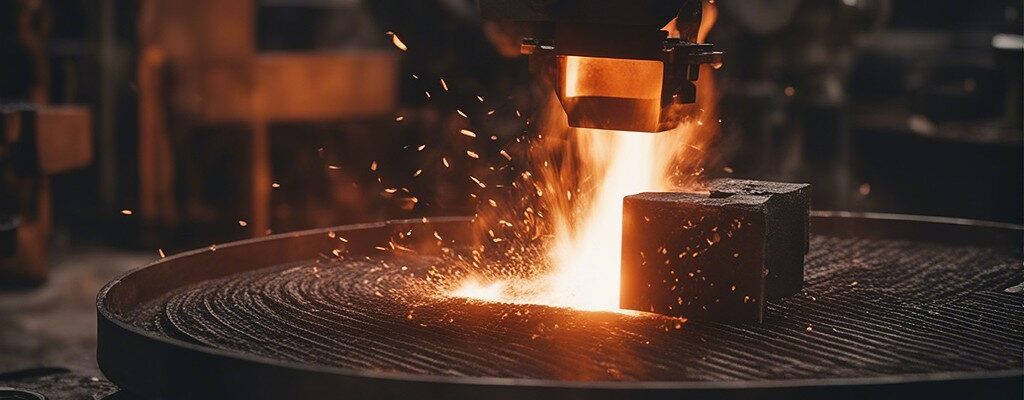
Cold Forge Vs Hot Forge: 5 Major Differences Worth Noting
October 19, 2023
Forging is an age-old manufacturing process that dates back to ancient civilizations. But in the modern era, forging has evolved, and we now have various techniques under the umbrella of forging.
Among these, cold forging and hot forging are the two primary methods used in the manufacturing industry today. But what sets them apart? Here’s a look at 5 major differences between cold forging and hot forging.
Temperature:
Cold Forging: As the name suggests, cold forging is typically carried out at room temperature or slightly above it. The metal is not preheated.
Hot Forging: In hot forging, metals are heated to a high temperature, often beyond their recrystallization point. This makes the metal soft and malleable, allowing it to be shaped more easily.
Material Behavior:
Cold Forging: When metals are cold forged, they are subjected to strain hardening. This means the metal becomes harder and stronger but loses some of its ductility.
Hot Forging: As metals are heated in hot forging, they regain their ductility, making them more malleable and easier to shape. The final product often has a fine-grained, uniform microstructure.
Production Speed:
Cold Forging: Cold forging is often faster than hot forging because there’s no need to heat the material. This process is suitable for mass production.
Hot Forging: While it can be slower due to the need for heating, hot forging is excellent for intricate designs and complex shapes.
Surface Finish:
Cold Forging: Cold forging often results in a better surface finish, as there are no scales formed from the heating process. The end product often requires minimal finishing processes.
Hot Forging: The high temperatures involved in hot forging can lead to the formation of scales on the metal’s surface. These scales often have to be removed post-forging, adding an extra step to the production.
Applications:
Cold Forging: Typically used for producing parts that require high tolerances and better surface finishes. Examples include screws, bolts, and some automotive parts.
Hot Forging: Preferred for larger parts and those that require a specific grain structure or mechanical properties
For more about cold forge vs hot forge, check out the link and the huge collection of forged products they offer.
